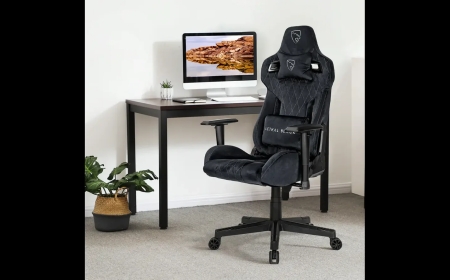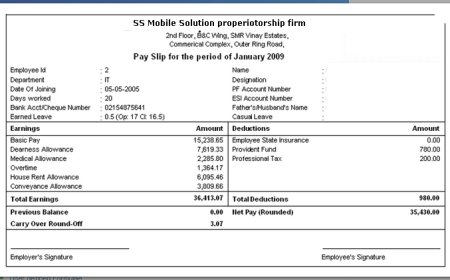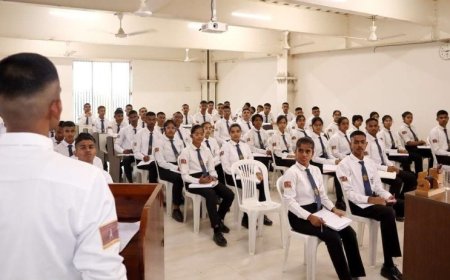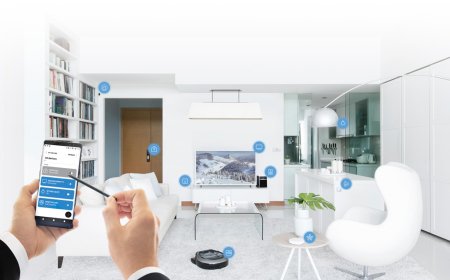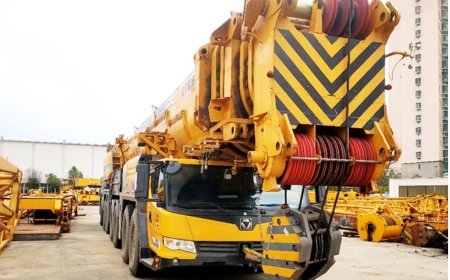Ceiling Fan Troubleshooting for Noise and Speed Issues
This article will guide you through effective troubleshooting techniques for these common issues and explain how Harbor Breeze features help in solving them.

Introduction
Ceiling fans play a vital role in maintaining comfort, especially during warm seasons. They help circulate air efficiently, reduce energy costs, and add a decorative touch to rooms. One brand that stands out for quality, performance, and sleek design is the Harbor Breeze Ceiling Fan. These fans are known for their quiet operation and stylish models, making them a popular choice in many households. However, even with a top-tier fan like Harbor Breeze, users may occasionally encounter problemsparticularly related to unusual noise or inconsistent fan speed. c
Common Noise Problems and How to Fix Them
1. Clicking or Tapping Sounds
If you notice clicking sounds coming from your ceiling fan, it may be due to loose blade screws or a misaligned blade arm. To troubleshoot:
-
Turn off the fan and power at the breaker.
-
Check all screws on the fan blades and tighten them.
-
Examine the blade arms for signs of bending or damage.
-
Test the fan againmost clicking noises stop once loose parts are tightened.
2. Humming Noise
A low humming sound is often linked to electrical issues or motor problems. This is more common in older fans or those with dimmer switches. To address it:
-
Replace any dimmer switch with a standard switch if used.
-
Ensure the fan is connected to a suitable voltage source.
-
If the hum continues, the motor might be aging or defective.
3. Rattling or Vibration
Rattling noises usually mean something is loose inside the housing or mounting bracket. Remove the fan canopy and inspect the internal screws. Tighten the mounting bracket, check the downrod, and ensure the fan is securely fastened to the ceiling. Using rubber washers can help reduce vibration noise.
Speed Issues and Their Solutions
1. Fan Doesnt Change Speeds
If your ceiling fan is stuck on one speed, the problem could lie with the capacitor, which controls speed regulation.
-
Locate the capacitor inside the fans housing.
-
Replace it with a matching Harbor Breeze replacement part.
-
Always switch off power and refer to the user manual when doing electrical repairs.
2. Fan Runs Too Slowly
A fan that spins slower than usual may be struggling due to dust buildup, worn-out bearings, or a failing motor. Try the following:
-
Clean the blades and motor housing.
-
Apply appropriate lubricant if your model allows it.
-
If the issue persists, the motor or capacitor may need replacement.
3. Remote-Controlled Fan Not Responding
If you have a Harbor Breeze ceiling fan with a remote control and the speeds arent adjusting:
-
Replace the batteries in the remote.
-
Re-sync the remote by pressing the Learn button while turning on the power.
-
Check if the remote receiver in the fan is functional.
Features of Harbor Breeze Ceiling Fans
The Harbor Breeze Ceiling Fan is built with performance and user convenience in mind, making troubleshooting easier and more intuitive. Here are a few standout features:
-
Quiet Motor Design: Harbor Breeze fans use advanced motor technology that minimizes sound, helping users easily detect unusual noises and address them early.
-
Remote Control Compatibility: Many models come with a wireless remote or are compatible with universal remotes. These remotes include functions to control speed, lighting, and fan directionmaking diagnostics straightforward when issues arise.
-
Reversible Airflow: With a simple switch or remote control button, users can reverse the direction of the blades for winter use, which also helps test motor performance.
-
Energy-Efficient Motors: These fans use low-wattage motors that deliver strong airflow while consuming less electricity. This reduces wear and extends the life of the internal components.
-
Easy Installation & Maintenance: Harbor Breeze includes detailed manuals and quick-mounting systems, allowing users to disassemble, clean, or replace parts without much hassle.
When to Call a Professional
If you've tried all basic troubleshooting and the problem still existsespecially with electrical components like the motor or capacitorits wise to consult a professional electrician. Signs that you may need help include burning smells, repeated tripping of the circuit breaker, or exposed wiring.
For Harbor Breeze fans, most parts such as blades, remotes, and capacitors are widely available and easy to replace. However, internal motor issues may require specialized tools and skills.
Conclusion
Ceiling fan problems related to noise and speed are quite common but can often be resolved with a few simple steps. Whether its tightening a few screws or replacing a faulty capacitor, homeowners can usually handle minor issues themselves. The Harbor Breeze Ceiling Fan, with its smart design and advanced features, makes troubleshooting even more manageable. By understanding the possible causes of fan noises and speed irregularities, and using the built-in features of your Harbor Breeze model, you can extend the life of your fan and enjoy quiet, efficient operation for years to come.








